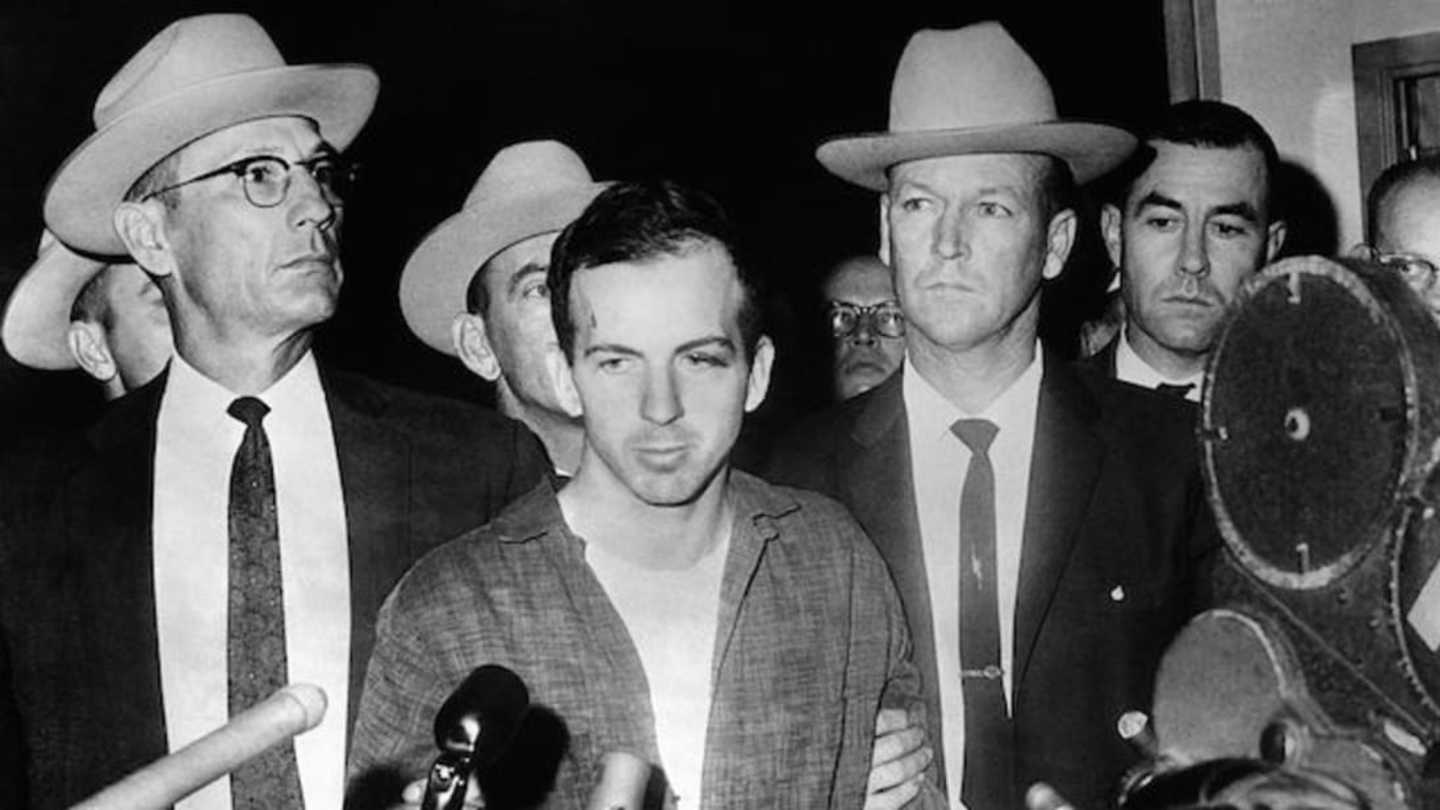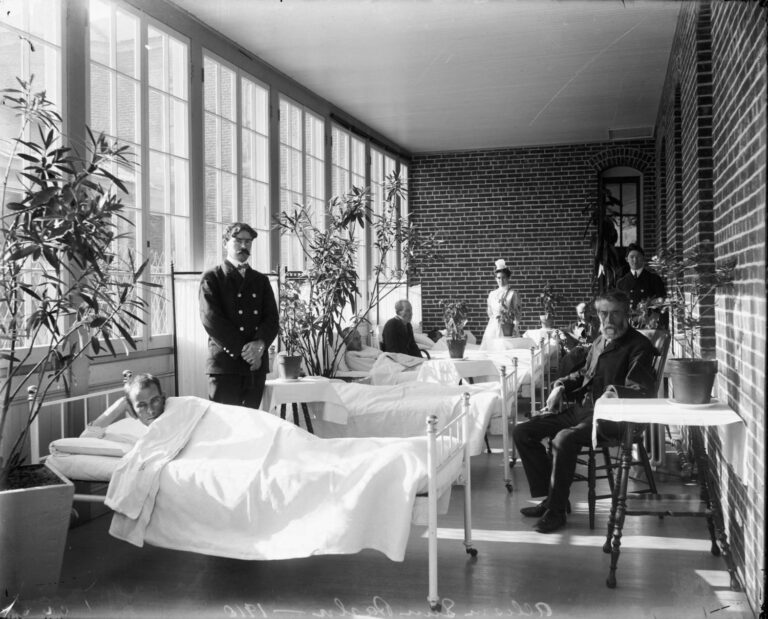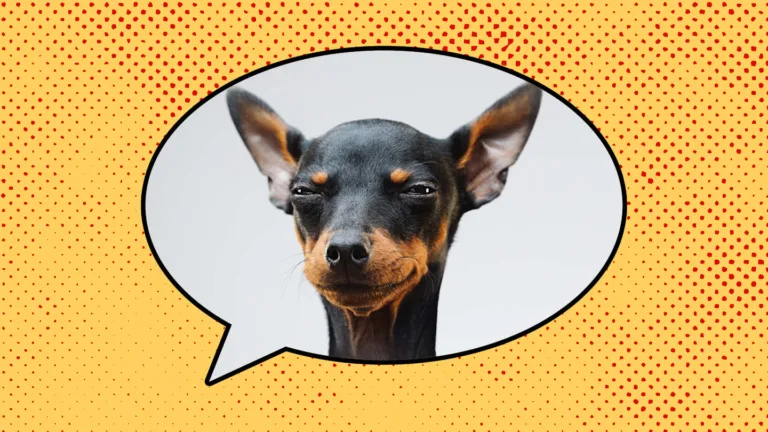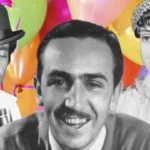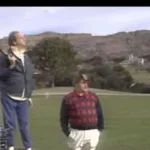The assassination of President John F. Kennedy on November 22, 1963, sent shockwaves through the nation and the world. The subsequent arrest and killing of Lee Harvey Oswald just two days later only intensified the public’s thirst for answers. Amidst this tumultuous backdrop, Oswald’s death itself became a point of contention, shrouded in secrecy and controversy. His funeral was an event unlike any other, marked by unusual circumstances and a heavy veil of mystery.
Oswald’s untimely demise at the hands of Jack Ruby cast a long Shadow Over His Final Moments. To prevent potential disturbances or violence Surrounding His Burial, authorities opted for a clandestine approach. They arranged for a secret Lee Harvey Oswald funeral, effectively burying him under the guise of another individual named William Bobo. The deception extended to every detail, from the name used on floral arrangements and casket selections to even Reporters Being Fed Misinformation. This decision underscored the deep anxieties surrounding Oswald’s death and the fear that his burial could become a focal point for unrest or further violence.
Because of these concerns, the service itself was held outdoors, with no clergy willing to officiate due to the sensitive nature of the event. Even finding pallbearers proved challenging, ultimately leading several journalists to carry Oswald’S Casket To His Grave. The entire affair was brief and somber, a stark contrast to the public frenzy surrounding his life and death.
A Secret Burial Under a Fictitious Name
To ensure a discreet burial and avoid any potential disruptions or public outcry, authorities devised a plan to shroud Oswald’s death in secrecy. They decided to bury him under the assumed identity of William Bobo, a fictitious name created specifically for this purpose. This elaborate deception involved every aspect of the funeral proceedings.
Paul Groody, the director of Miller Funeral Home, meticulously orchestrated the charade. He utilized the name “Bobo” for all official documentation, Including Flower Arrangements, Casket Selection, Grave Preparations, and even when speaking to reporters. This meticulous attention to detail aimed to create a convincing facade and prevent any suspicion about Oswald’s True Identity. The decision to use a false name highlighted the immense pressure surrounding the case and the authorities’ Desire To Minimize Public Disturbance.
 Best Husband in the World: 13 Historys Greatest Partners
Best Husband in the World: 13 Historys Greatest PartnersThe chosen alias, William Bobo, was completely unknown and unrelated to Lee Harvey Oswald. This fictitious persona served as a shield, masking Oswald’s true identity from public view and effectively creating a veil of secrecy Around His Final Resting Place.
Avoiding Disturbances and Public Scrutiny
The assassination of President Kennedy and Oswald’s subsequent death had plunged the nation into a state of intense public scrutiny and heightened emotions. Authorities were acutely aware that any move related to Oswald’s burial could easily become a flashpoint for unrest or violence. The fear of potential disturbances, protests, or even attacks on those involved in handling Oswald’s remains was palpable.
To mitigate these risks and ensure a peaceful burial, officials opted for a highly unusual approach: secrecy and deception. They hoped that by keeping Oswald’s funeral under wraps and using a False Identity, they could prevent large gatherings and Minimize Public Attention. This decision reflected the fragile state of national security and the prevailing anxieties surrounding the assassination.
Essentially, the authorities aimed to handle Oswald’s final arrangements with utmost discretion to prevent any further escalation of tensions or potential violence stemming from his death. The chosen strategy underscored the gravity of the situation and the need for careful management to ensure public safety amidst a highly volatile climate.
The Unusual Funeral Service
Even the funeral service itself was Conducted Under Unusual Circumstances, reflecting the prevailing anxieties and desire for secrecy. Held outdoors due to concerns about Potential Sniper Fire, it lacked the traditional solemnity often associated with funerals. The absence of clergy willing to officiate underscored the sensitive nature of the event, as many felt uncomfortable participating in a service for a figure so deeply embroiled in controversy.
This unorthodox gathering was further marked by the difficulty in finding pallbearers, eventually leading several journalists to carry Oswald’S Casket To His Grave. Reverend Louis Saunders offered a brief Religious Overture, providing a touch of somber formality to an otherwise unconventional ceremony. The entire affair was swift and Sparsely Attended, devoid of the customary eulogies or expressions of grief often seen at funerals.
Oswald’s family was present, paying their respects before he was lowered into the grave. However, the emphasis on secrecy and the lack of traditional elements created a Strangely Detached Atmosphere, highlighting the extraordinary nature of this Somber Occasion.
Lingering Fascination And Stolen Memorials
The shroud of secrecy surrounding Oswald’s burial did little to quell the public’s fascination with his life and death. The assassination and its aftermath continued to grip the nation’s imagination, fueled by conspiracy theories and a desire for answers that seemed perpetually out of reach. This morbid curiosity extended even to Oswald’S Resting Place, becoming a focal point for those seeking closure or evidence to support Their Own Theories.
This enduring fascination manifested in unsettling ways. In 1967, just six years after his burial, thieves stole Oswald’s headstone from Rose Hill Memorial Park in Dallas. This brazen act further intensified public interest and cemented Oswald’s place as a figure forever entwined with mystery and controversy. The theft of his memorial served as a stark reminder of the enduring power of his story and the unresolved questions surrounding his life and death.
The stolen **headstone was never recovered, adding another layer to the enigma that surrounded Oswald’s passing.
Oswald’s Legacy: A Continued Mystery
Even decades after his death, Lee Harvey Oswald remains a figure shrouded in mystery and debate. The circumstances surrounding his assassination of President Kennedy, his own subsequent murder just two Days Later, and the numerous unanswered questions that continue to plague the case have cemented his place in history as a symbol of unsolved riddles and Enduring Controversy.
The public’s fascination with Oswald persists, fueled by conspiracy theories and the desire for definitive answers about his motives and actions. His story continues to be re-examined and analyzed, prompting ongoing discussion and debate about the events of November 1963. The Warren Commission’s conclusion that Oswald acted alone remains contested by many, leading to alternative narratives and enduring speculation.
Ultimately, the legacy of Lee Harvey Oswald is a complex and multifaceted one. He will forever be remembered as the man who assassinated President Kennedy, an act that profoundly shaped American history. However, his life and death also raise Profound Questions About Individual Responsibility, Political Turmoil, and the enduring power of unanswered mysteries. The **words “Lee Harvey Oswald” continue to evoke a sense of intrigue and uncertainty, reminding us that some historical events, No Matter How Meticulously Studied, may forever remain open to interpretation and debate.

